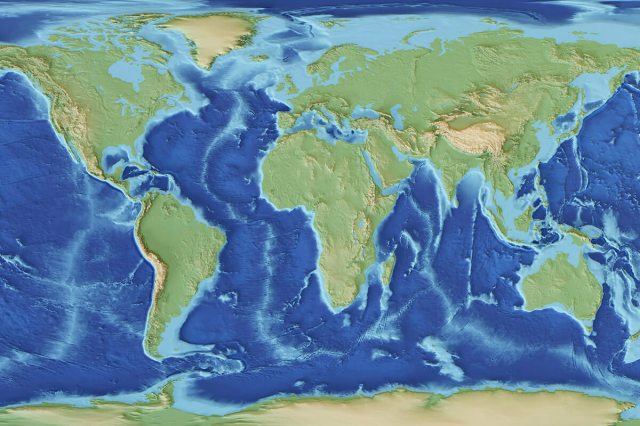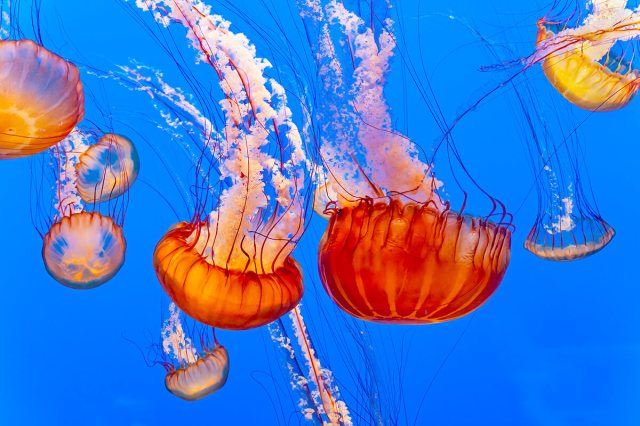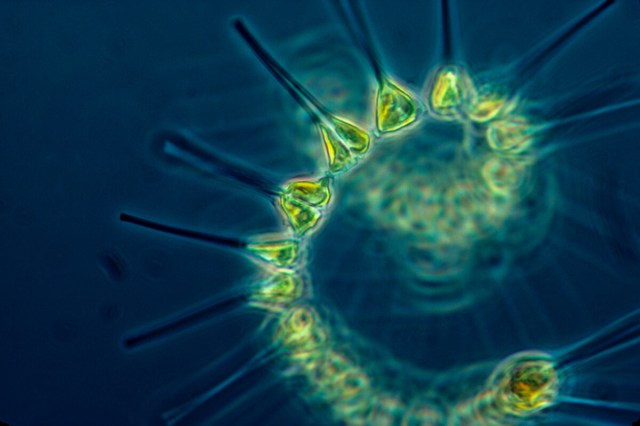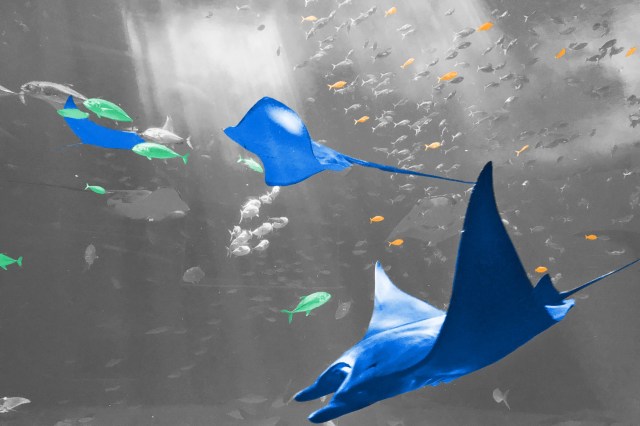
We’ve Only Explored a Tiny Fraction of the Ocean
Although the ocean covers about 71% of the Earth’s surface, an incredible 80% of it still remains unexplored, unmapped, and unseen by humans. In an age where GPS can pinpoint your exact location in seconds and satellites track hurricanes from space, much of what lies beneath the surface of the ocean still remains as mysterious as it was to early explorers.
That’s partly because exploring the deep sea is no easy feat — the pressure down there is intense, thousands of times greater than at the surface. On top of that, it’s incredibly expensive to reach those remote depths. Even with today’s advanced sonar and underwater robots, most of the ocean is still unexplored by humans.

The Ocean Is Home to as Many as 2 Million Species
The ocean represents Earth’s largest habitat by volume; estimates suggest it’s home to around 2 million marine species. Of those, only around 240,000 have been officially documented — meaning more than 90% of oceanic life remains unknown to science.
Many newly discovered species are surprising and unlike anything above the surface. In recent years, scientists have identified fish with transparent heads, squids that flash bright lights, and crabs that farm bacteria on their claws for food.

The Deepest Part of the Ocean Is Nearly 7 Miles Down
The Mariana Trench, located in the western Pacific Ocean, is home to the Challenger Deep — the deepest known point in Earth’s oceans. It plunges nearly 11 kilometers (almost 7 miles) below the surface. To put that in perspective, if Mount Everest were placed in the trench, its peak would still be more than a mile underwater.
To date, only a handful of human-made submersibles have reached this extreme depth because the conditions are formidable: complete darkness, temperatures near freezing, and crushing pressure that would flatten most vehicles. Yet life still manages to exist in that alien world: Thousands of amphipods and microbe species thrive where life was once thought impossible.
More Interesting Reads

The Ocean Contains More Than 3 Million Shipwrecks
Throughout history, humanity has lost countless vessels to the sea — from ancient trading ships and pirate galleons to military submarines and modern cargo vessels. The United Nations estimates there may be as many as 3 million shipwrecks scattered across the ocean floor — and fewer than 1% of them have been explored.
Some of the oldest wrecks date back thousands of years, and others, such as the Titanic, still loom large in our collective imagination long after they were lost to sea. The ocean preserves many of these wrecks surprisingly well, especially in deep, cold waters where corrosion and decay are slowed.

The Largest Living Structure on Earth Is in the Ocean
The Great Barrier Reef, stretching more than 1,400 miles along the northeast coast of Australia, is the largest living structure on the planet. It’s so large, in fact, that it’s visible from space.
Made up of around 3,000 individual coral reefs, 600 continental islands, 300 coral cays, and 150 inshore mangrove islands, the Great Barrier Reef supports an ecosystem so large and complex that it’s often compared to a rainforest in terms of biodiversity. The reef is home to more than 1,600 species of fish, 450 types of hard coral, and hundreds of species of sharks, turtles, and marine mammals.

The Ocean Produces More Than Half the World’s Oxygen
When it comes to oxygen production, most of us think of forests and trees, but marine plants — especially oceanic phytoplankton — actually produce more than 50% of the Earth’s oxygen supply. Those tiny, photosynthetic organisms drift near the surface of the ocean and convert carbon dioxide into oxygen, much like plants on land.
Marine plants aren’t just important for air quality; they also form the base of the marine food chain, supporting everything from shrimp to whales. Without phytoplankton, life in the oceans — and on land — would be drastically different.

There Are Underwater Rivers, Lakes, and Waterfalls
It may sound like something out of science fiction, but the ocean contains its own rivers, lakes, and even waterfalls — entire hydrological systems beneath the sea. These strange features are formed when water with a different salinity and temperature — often brine, which is denser than water on the surface — settles into seafloor depressions, forming distinct, visible pools.
Underwater waterfalls occur when this heavier water spills over ledges or seafloor escarpments. One of the most famous examples is the Denmark Strait cataract between Greenland and Iceland, which plunges 11,500 feet — making it the largest waterfall anywhere on Earth, either on land or in the sea.












